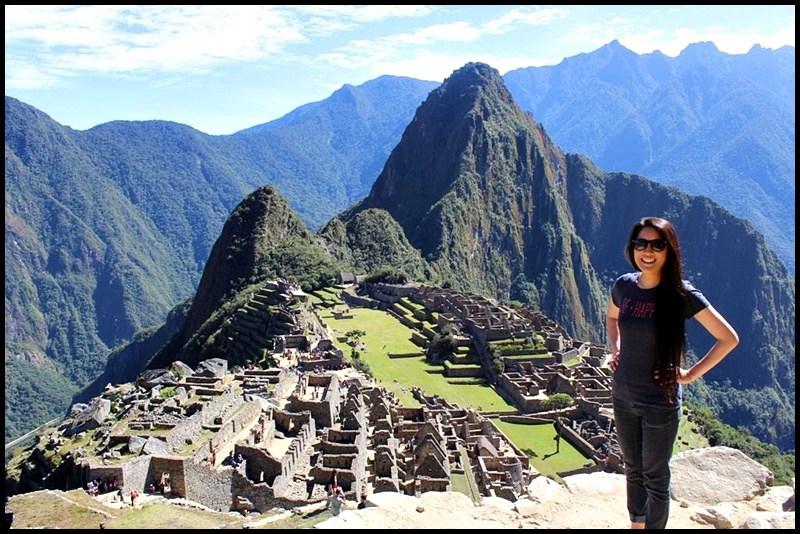
This website uses cookies so that we can provide you with the best user experience possible. Cookie information is stored in your browser and performs functions such as recognising you when you return to our website and helping our team to understand which sections of the website you find most interesting and useful.
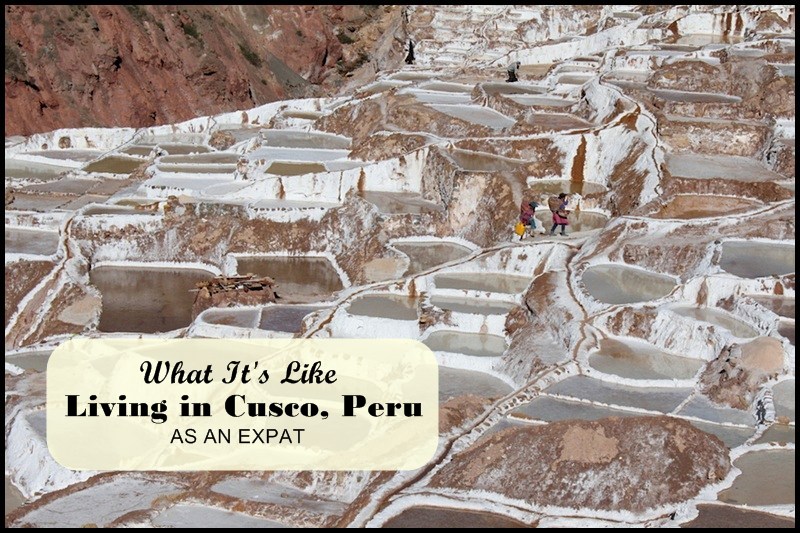
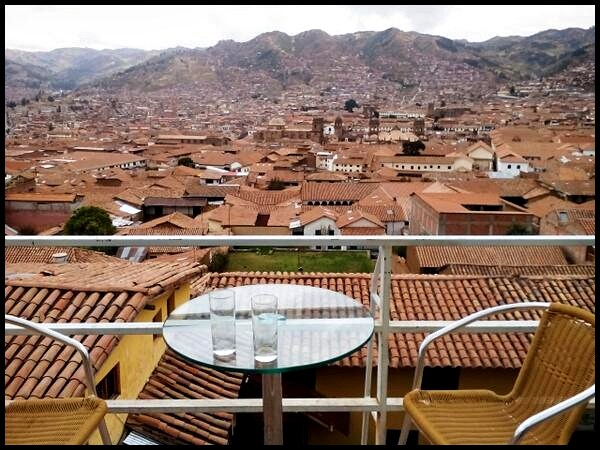

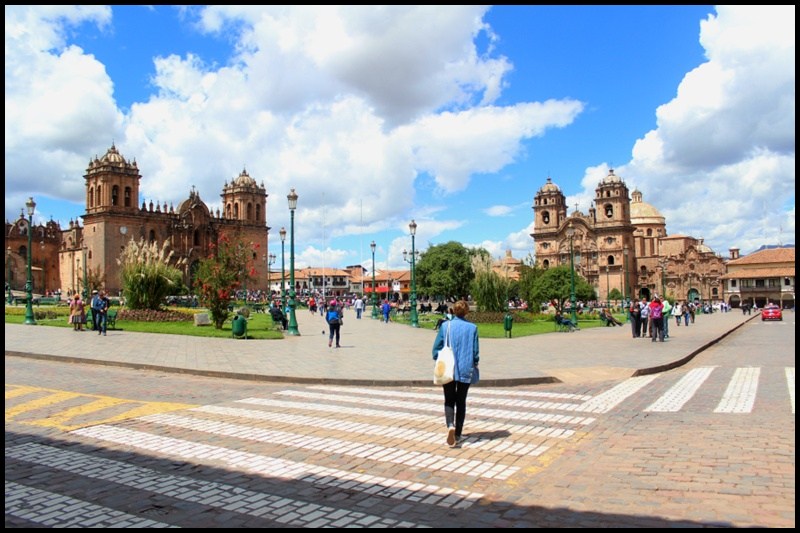
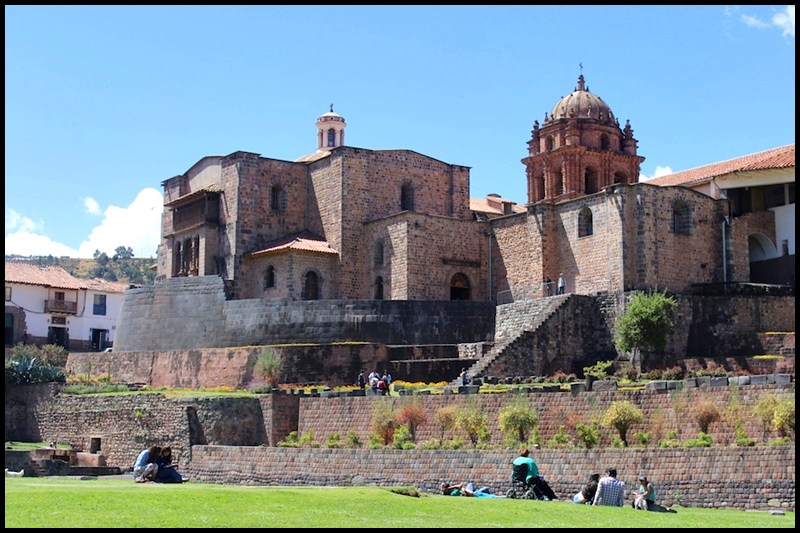
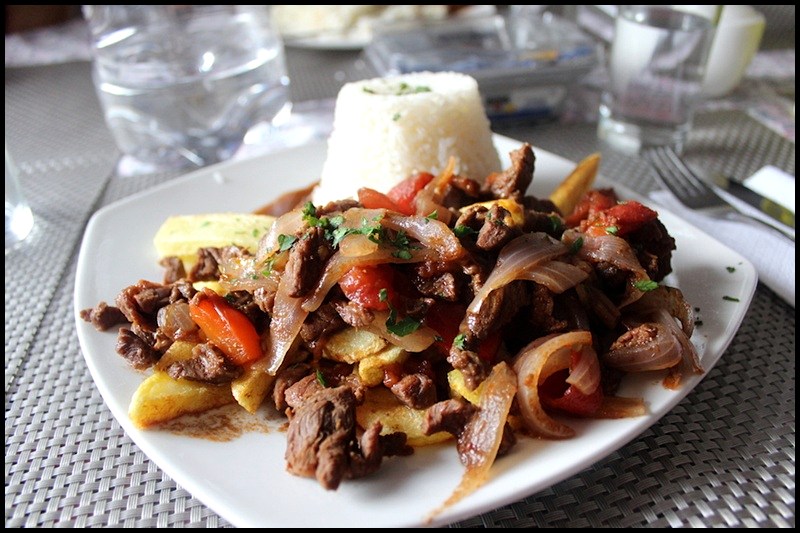
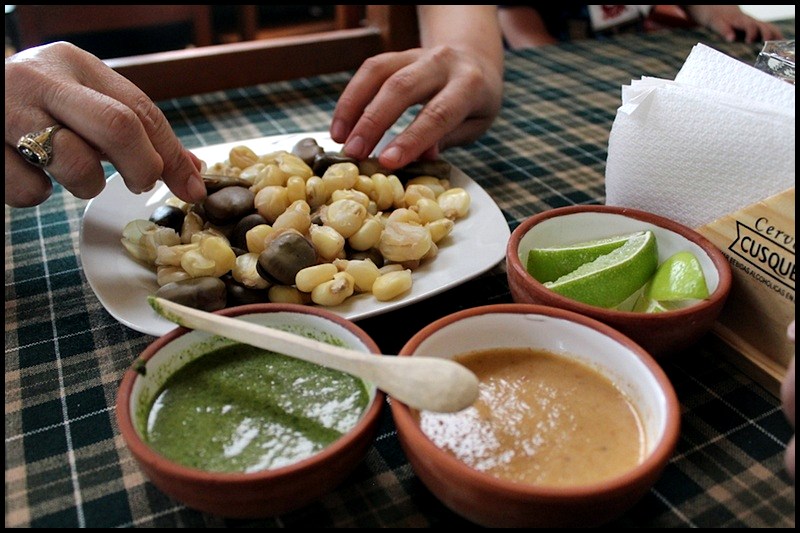
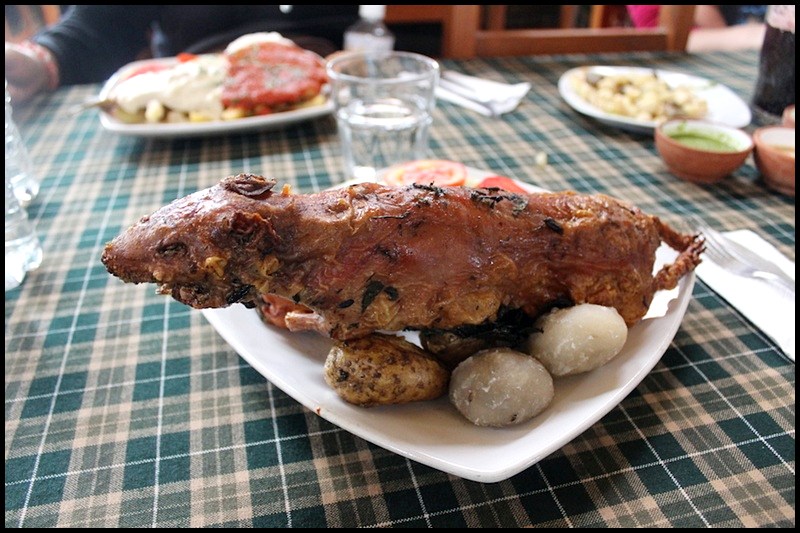

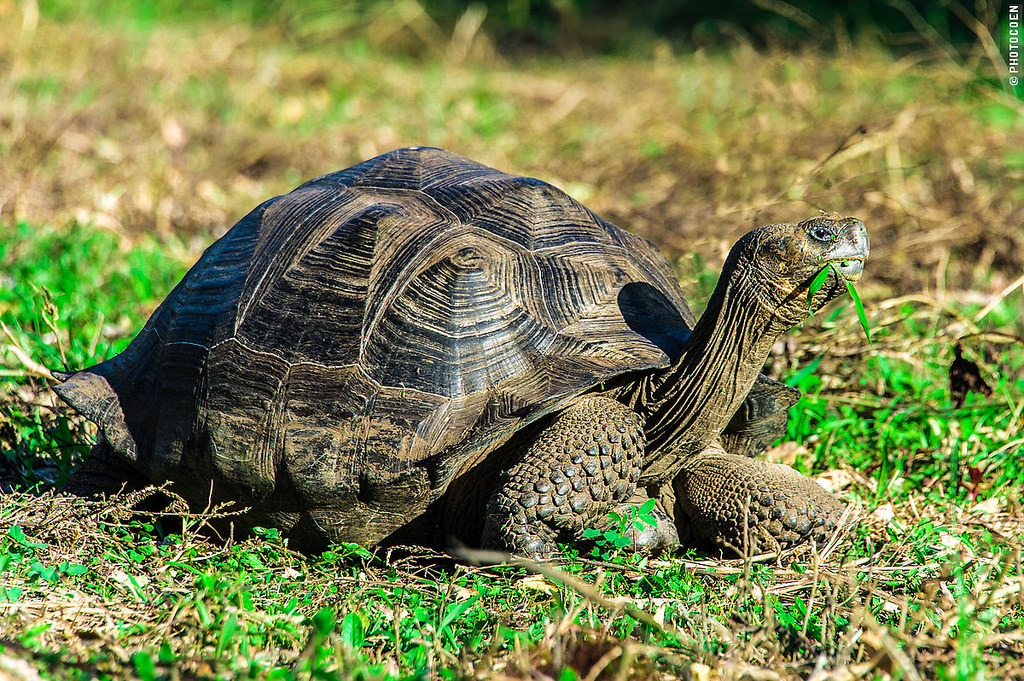


13 Comments. Leave new
Great post! I’m choosing where to next and your post gave me some great insight!
How did you go about making friends? I am currently an expat and having trouble. I don’t really know any spanish and it seems like all the tourists have crowds of people.
Hi Mariah! GREAT question. I actually made friends a few ways
1) I started volunteering at a local NGO in Cusco. One of my fellow volunteers ended up becoming my best friend there
2) I signed up for Spanish classes. Highly recommend Maximo Nivel school
3) I talked to the locals at my favorite stores and restaurants. Great way to make friends 🙂
Hope this helps!
Excellent info – I’m flying to Lima & then to Cusco in 8-days…excited!
This is absolutely fantastic, Amy, and thank you for sharing her with us here, Aleah! That lomo saltado looks soooooo good. I would not want to travel halfway around the world or a hemisphere and get sick. I’m all for experiencing new things and being in the moment but not at the cost of being ill. So, I would take your cautionary word and eat at the good places. I loved the entire post and could comment a novels worth! One of my best buddies is aching to go to Machu Picchu very soon so I’m sending him this right after I leave my comment. Best of luck to you! You used to live very close to me…I am in Reno. Have a great day! 🙂
Cusco sounds amazing! My brother went to Peru last year and hiked the Inca Trail, and his pictures of Cusco are so beautiful. It looks like such a clean city. Those corn kernels are huge, by the way!
HI Dana. I’m really excited to visit Cusco myself after reading Amy’s post. Hoping to be based there as well for a few months. Yeah, those corn kernels are huge! Ours in the Philippines are much smaller!
I’m not suprise that you fell in love with Cusco, it sound incredible!
It really sounds great. Amy has convinced me to check it out as a potential base when I arrive there next year. Peru sounds so lovely!
We visited Cuzco on our honeymoon in 1982 (yes, I’m THAT old). That was the only vacation on which I lost weight because we weren’t there long enough to adapt to the altitude and I had a headache and loss of appetite for the entire time we were there. I don’t think I would have been tempted by the cuy anyway. The good news is that by the time we traveled DOWN to Machu Picchu at a mere 8,000 feet, I felt fine and I was even able to hike up Huyana Picchu.
Suzanne, that’s quite a honeymoon! You’re brave. I was way too afraid to attempt climbing Huayna Picchu. I saw a video on YouTube where the steps leading up to the mountain are tiny little ones carved into the mountain itself…terrified me. But I bet the view from the top was gorgeous!
Hi Suzanne. I hope to stay there long enough to acclimatize. If I have loss of appetite, though, I would welcome that very much 😉